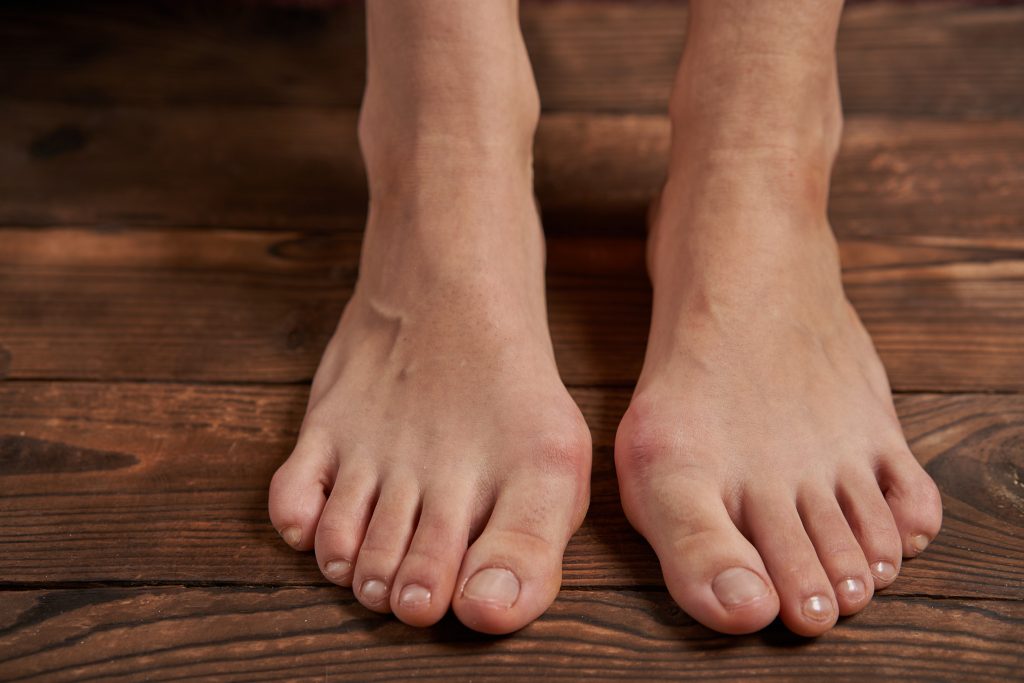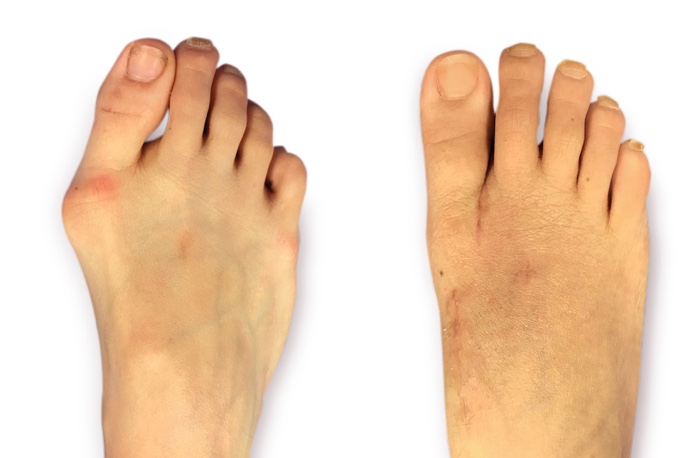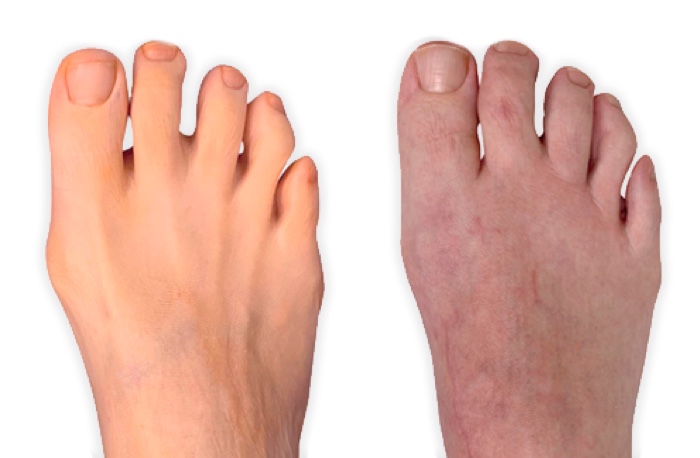Lapiplasty recovery is usually painless, but there will be some soreness and swelling after the procedure.
Soreness is a natural part of the healing process, but it should not be severe in most cases. You can take ibuprofen to help with any discomfort.
Swelling and bruising are also normal parts of the healing process after surgery. The area may look bruised for several days after surgery, but this will go away as your body heals.
It’s important to remember that everyone heals differently and at their own pace.
You should avoid strenuous activity while your incisions are healing, so you can rest comfortably during this time.
Lapiplasty is a surgical procedure that reshapes the eyelids to a more youthful appearance. The procedure can be performed on both upper and lower eyelids.
The recovery process is usually very quick and easy, with minimal to no pain associated with it. Patients are able to return to work within days of their surgery, and there is no need for special care or medication.
Lapiplasty Recovery Time
Patients will be able to resume their normal activities within a few days of their surgery. It is recommended that you spend at least one full day in bed after the procedure, but this is only necessary if you are experiencing significant pain or discomfort from the procedure.
After Lapiplasty Surgery
There are no special instructions that need to be followed after your surgery; however, there are a few things that you should avoid doing:
Do not pick at any scabs or crusts around your eyes (or nose)
Do not rub or apply pressure on your eyes (or nose)
Do not blow your nose (this could cause bleeding) until instructed by your doctor
Lip augmentation is a cosmetic procedure that uses injectable fillers to plump lips and create fuller-looking lips. If you’re considering lip augmentation, it’s important to understand the recovery process before you decide if this is the right procedure for you.
Lip Augmentation Recovery Time
Recovery time varies depending on the type of procedure performed and your own unique healing process. The majority of patients require a few days to recover from their procedures, but some may need up to two weeks or more depending on their overall health and healing abilities.
Aftercare Instructions
It’s important that you follow your doctor’s instructions after your procedure so that you can achieve optimal results. You will be given detailed instructions about how to care for yourself at home following your treatment. You should also avoid strenuous exercise or heavy lifting for at least 24 hours after surgery.
Is Lip Augmentation Painful?
In most cases, lip augmentation recovery is relatively painless and easy to manage with minimal discomfort for most people. The most common side effects include tenderness and swelling around the mouth area due to the injections used during treatment. Your doctor may recommend taking non-steroidal anti-inflammatory
How long does it take to heal from Lapiplasty?
Lapiplasty is a surgical procedure that reshapes the eyelid crease to improve the contour of the eye. The procedure is typically performed on patients who have ptosis, which is when the upper eyelid hangs lower than normal.
Lapiplasty can also be performed on individuals who have a droopy eyelid in order to correct it. In most cases, this is due to heredity or aging.
Lapiplasty; The length of time it takes for your eyesight to heal after having this procedure varies from patient to patient. For most people, however, it takes about six weeks for their vision to return to normal.
Lapiplasty; Most surgeons will recommend that you avoid strenuous physical activity and heavy lifting for six weeks after your surgery. You should also refrain from rubbing your eyes or putting any pressure on them during this time period as well.
Lip augmentation is a cosmetic procedure that can be performed to improve the size, shape and definition of your lips. The most popular lip augmentation procedure is called Lapiplasty.
Lapiplasty or Lip Augmentation with Fat Grafting is a relatively new cosmetic procedure that has become popular in recent years. It involves transplanting fat from an area of excess to an area where it is needed for an improved appearance. Lip augmentation can help you achieve fuller, more defined lips and even out your smile lines.
Lapiplasty Augmentation with Fat Grafting
This lip enhancement procedure takes about one hour, depending on the amount of tissue that needs to be removed from your body to create the necessary amount of space for the fat grafting process. The lip augmentation technique requires cutting an incision below your lower lip and removing some excess skin so that there will be enough room for the injected fat cells to spread out into. After this incision is made, the surgeon will remove fat cells from one area of your body and inject them into your lips using a syringe or cannula (a thin tube). Once all of the fat cells have been injected into place, they will begin to settle into their new home within two weeks after undergoing L
Is Lapiplasty surgery painful?

Is Lapiplasty surgery painful?
The short answer is yes. Liposuction and Lapiplasty are surgical procedures that involve general anesthesia and the use of a scalpel or laser to cut and remove excess fat from the body. It’s important to note that the pain from these procedures is relatively short-lived, but it can be intense while it lasts.
Liposuction surgery is generally performed under general anesthesia, which means you’ll be asleep for the duration of the procedure and won’t remember much about it afterward. The procedure itself takes about an hour or two, depending on how much fat is removed, but you’ll need to plan for an entire day at the hospital or clinic afterward.
After surgery, you’ll wake up in recovery with a tube in your throat so that you can breathe while you’re sleeping peacefully through the effects of anesthesia. Nursing staff will monitor your condition throughout this period, taking vital signs like pulse rate, blood pressure, temperature and respiration rate periodically throughout your stay in recovery so they know when it’s safe to remove the breathing tube (usually after 24 hours).
When they do remove it, some people report having difficulty speaking because their throat hurts so much from having been intubated for so long — this
Lapiplasty surgery is a minor procedure that is performed under local anesthesia. Patients are given medication to numb the area and avoid pain during the operation.
Laparoscopic surgery uses small incisions, so there is less bleeding, less pain, and faster recovery time.
Laparoscopic surgery is also less invasive than open surgery, which means that it has fewer complications.
The patient can expect to be sore for several days after laparoscopic surgery. The incisions may also be tender for several weeks after the operation.
Lipoplasty surgery is a simple procedure that can be performed in the doctor’s office, under local anesthesia. During the procedure, excess fat is removed from the abdomen and other areas of the body. The fat is then suctioned out through small incisions made on the surface of your skin.
The procedure usually takes between one and two hours, depending on how much fat needs to be removed. Liposuction surgery can be performed in an operating room or in an outpatient surgical center.
How long are you on crutches after Lapiplasty?

The most common complaint after a Lapiplasty is pain in the operated foot. This typically peaks at two weeks and then gradually subsides over several months. You will be prescribed a non-steroidal anti-inflammatory drug (NSAID) such as ibuprofen or naproxen, which can help control the pain, swelling and inflammation associated with surgery.
You should not place any weight on the operated foot for 48 hours following surgery. You may walk with crutches between 48 hours and one week after surgery, depending on how your surgeon wants you to follow his/her instructions. When using crutches, always use both hands when swinging your leg forward during each step of walking.
After one week, you should be able to walk without crutches without pain for short distances indoors at home and out of doors, but only on level surfaces without hills or stairs until three weeks after surgery. At this time, you can resume normal activities such as walking up stairs slowly with no more than 10 pounds of weight-bearing on your operated knee for about 10 minutes at a time without pain or swelling; slowly increasing this time over several weeks until full recovery (usually six weeks).
It depends on the type of LAPPLASTY.
For example, if you have a LAPPLASTY for droopy breast, it is usually 2 weeks after surgery that you can stop using crutches.
If you have a LAPPLASTY for droopy eyes, it is usually about 1 week after surgery that you can stop using crutches.
For some other types of LAPPLASTIES, it may be longer than 2 weeks or 1 week after surgery before you no longer need to use crutches. But most people can stop using crutches within 3 weeks after their LAPPLASTY procedure.
The length of time you are on crutches will depend on the procedure you had and other factors, such as if you are using a walking boot or if your surgeon uses splinting. You should follow the instructions from your doctor.
Some patients may be able to walk without using any assistive devices after a day or two. Others may need to use a cane or crutches for several weeks. Most patients will use crutches for about 2 weeks after surgery. The length of time that you need to wear a walking boot depends on whether you have an open or closed reduction, but it can range from several days up to 6 weeks or more.
When it comes time to remove your splint or cast, make sure that you have someone available who can help support your weight while you get used to standing again with only one leg. You may also need someone else around just in case something goes wrong — like if you fall!
How long do you wear a boot after Lapiplasty?

I am a newbie to this site. I have had a lapidus procedure done on my left foot. I was told to wear the boot for 3 weeks. I have been wearing it for 5 days now and can not sleep in it because of the pain. I am on my feet all day and night without being able to take off my shoe. What can i do? I have tried everything to alleviate the pain but nothing has worked. I do not want to go back to work with out taking off my shoe because I will have to call off every time i need to take off my shoe.
I spent $3,700 dollars on this surgery and am having no results from it. It is very disheartening when you spend that kind of money and get no results from it. If anyone could help me with some suggestions on how to get through this process without spending more money or going broke, please let me know!
The length of time that you will be wearing a boot will depend on the type of surgery you had.
If you had a LASIK procedure then you may only need to wear a boot for one day. This is because there is no incision made in the cornea or sclera and therefore there is no sutures or staples used.
If you had a LASEK procedure, then you will wear a boot for 2-3 days. This is because there are sutures placed under the epithelium (skin) of your cornea and these sutures must heal before removing them from your eye.
If you had PRK or any other type of refractive surgery, then you may need to wear a boot for anywhere between 3-10 days depending on how deep your surgical cut was into your corneal tissue.
